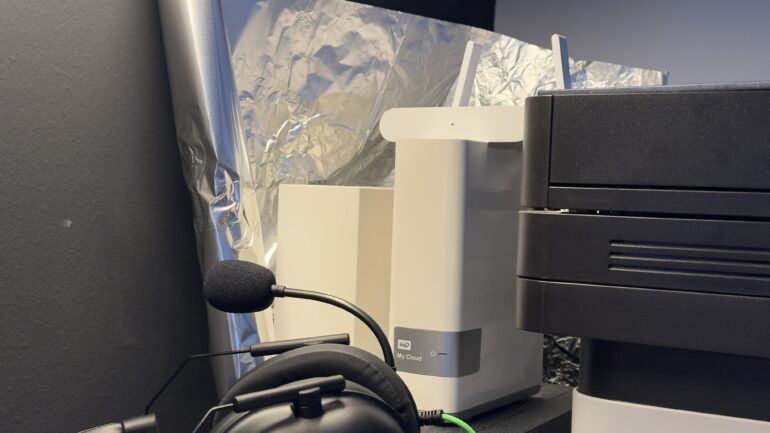Scientists have discovered a cheap aluminum foil trick that can increase the range and speed of your home wireless network and finally bring WiFi to the bedroom. This is how you strengthen WiFi with aluminum foil
You can strengthen WiFi with aluminum foil in different ways. In this article, we will introduce them to you!
Sometimes the best solutions are hidden in obvious places - for example, in the kitchen drawer. If your Wi-Fi seems slow or has trouble covering certain corners of your home, before you go shopping for more expensive equipment, you may just need to visit the kitchen. The latest discovery by scientists reveals how ordinary aluminum foil can become the unconventional hero of your home internet.
The world of technology is full of complex solutions to everyday problems. But sometimes the best solution is the one that is literally right in front of us - or rather, in the kitchen drawer. A team of researchers led by computer scientist Xie Zhou of Dartmouth College in New Hampshire has discovered that something as simple as aluminum foil can dramatically improve the quality of your home's Wi-Fi signal.
@dr_sanjay_gupta Boost Internet with Foil! 🚀 Revealing the secret for faster wifi! #InternetHacks #WifiBoost
Using aluminum foil as a "virtual wall" behind your Wi-Fi router can help shape the flow of wireless signals within a room, according to researchers. This not only increases your network coverage, but can also improve data transfer speeds. "With this one solution, we are addressing several challenges faced by wireless network users," says Zhou. "Not only do we strengthen wireless signals, but we also make those same signals more secure."
The inspiration for the research came from a popular trick where people use empty soft drink cans to try to boost their Wi-Fi. However, the main drawback of this method is that you end up with a curved, generic reflector that doesn't allow much control over the direction in which the wireless signals are directed.
To improve on this idea, Zhou's team developed a system called WiPrint, which analyzes the interior layout of your home. The system detects areas where you want to strengthen the Wi-Fi signal and those where a strong connection is not needed. Based on this information, WiPrint's algorithm calculates an optimized shape for the signal reflector, which can then be 3D printed and covered with aluminum foil.
In testing, the team's system was able to boost wireless signals by up to 55.1 percent in desired areas and reduce them by up to 63.3 percent in unwanted areas. Sure, most of us probably aren't too concerned about weakening our Wi-Fi, but maybe we should be: leaking signal from your home could potentially allow malicious hackers to try to break into (or take control of) your network, though the risks are probably considerable low.
Although we don't have access to the researchers' algorithm for calculating the optimal shape of Wi-Fi reflectors based on the layout of our home, nothing prevents us from tinkering with our own aluminum base to see if we can improve the range of our router.
@principe_23_3 #humildad 1TP10 Router 1TP10 Aluminum #fypシ゚viral #principle_502
In an age where we are increasingly dependent on wireless connections, any advantage is welcome. Dartmouth College research offers hope for improving home networks using something as simple and affordable as aluminum foil. While we wait for more accessible and advanced technological solutions, this "kitchen" trick may be just what we need for a little better connectivity. As it turns out, sometimes the best technology is hidden in the most mundane objects.







